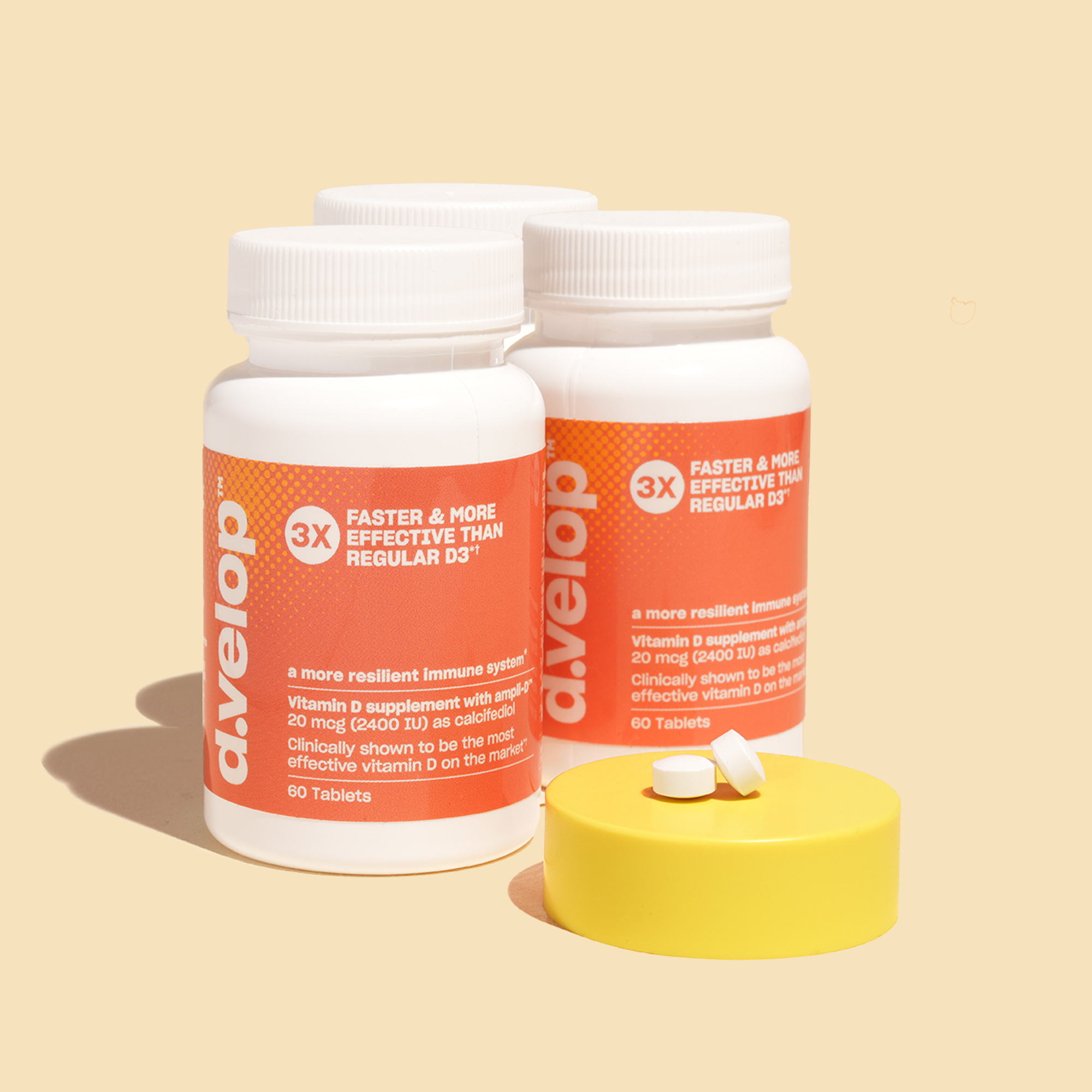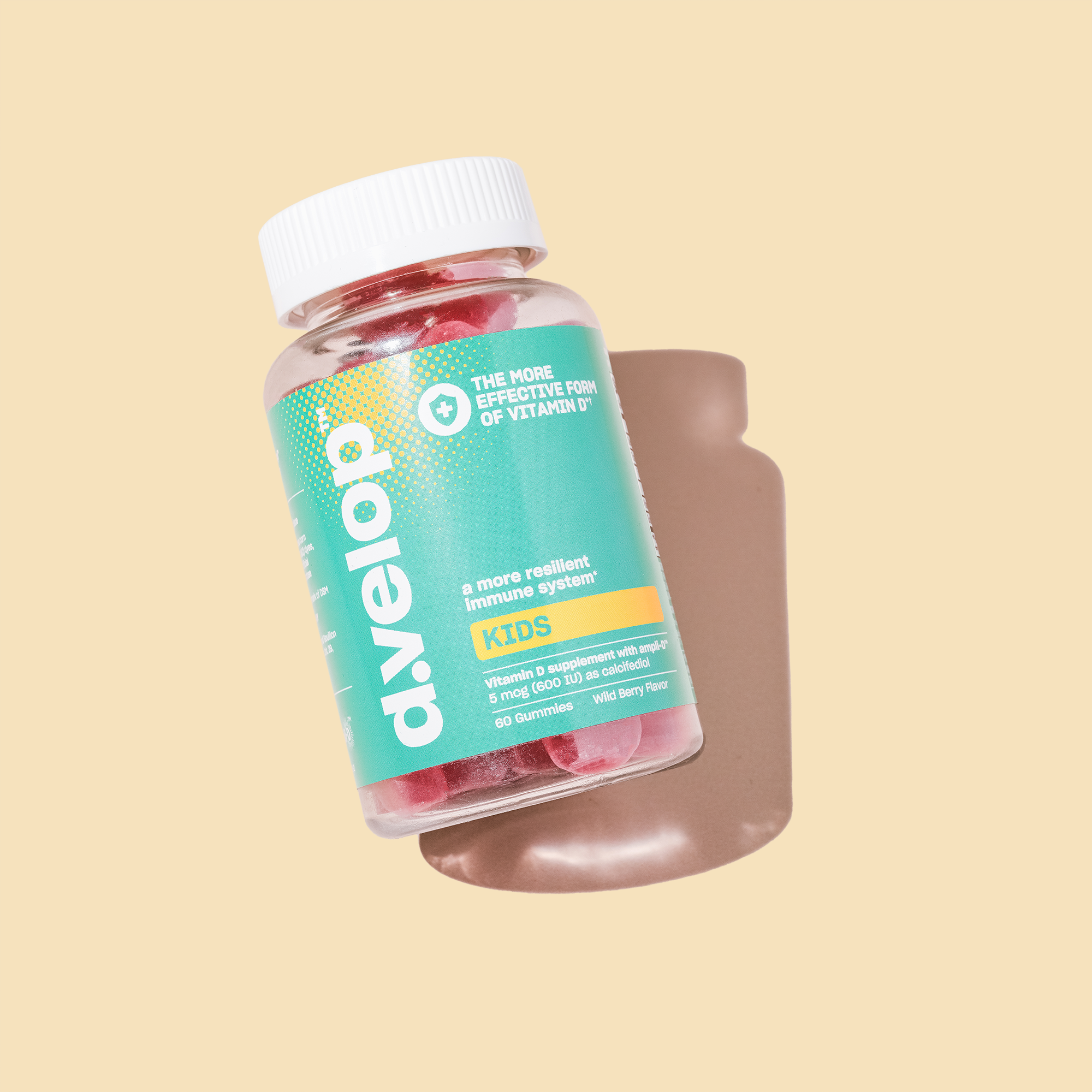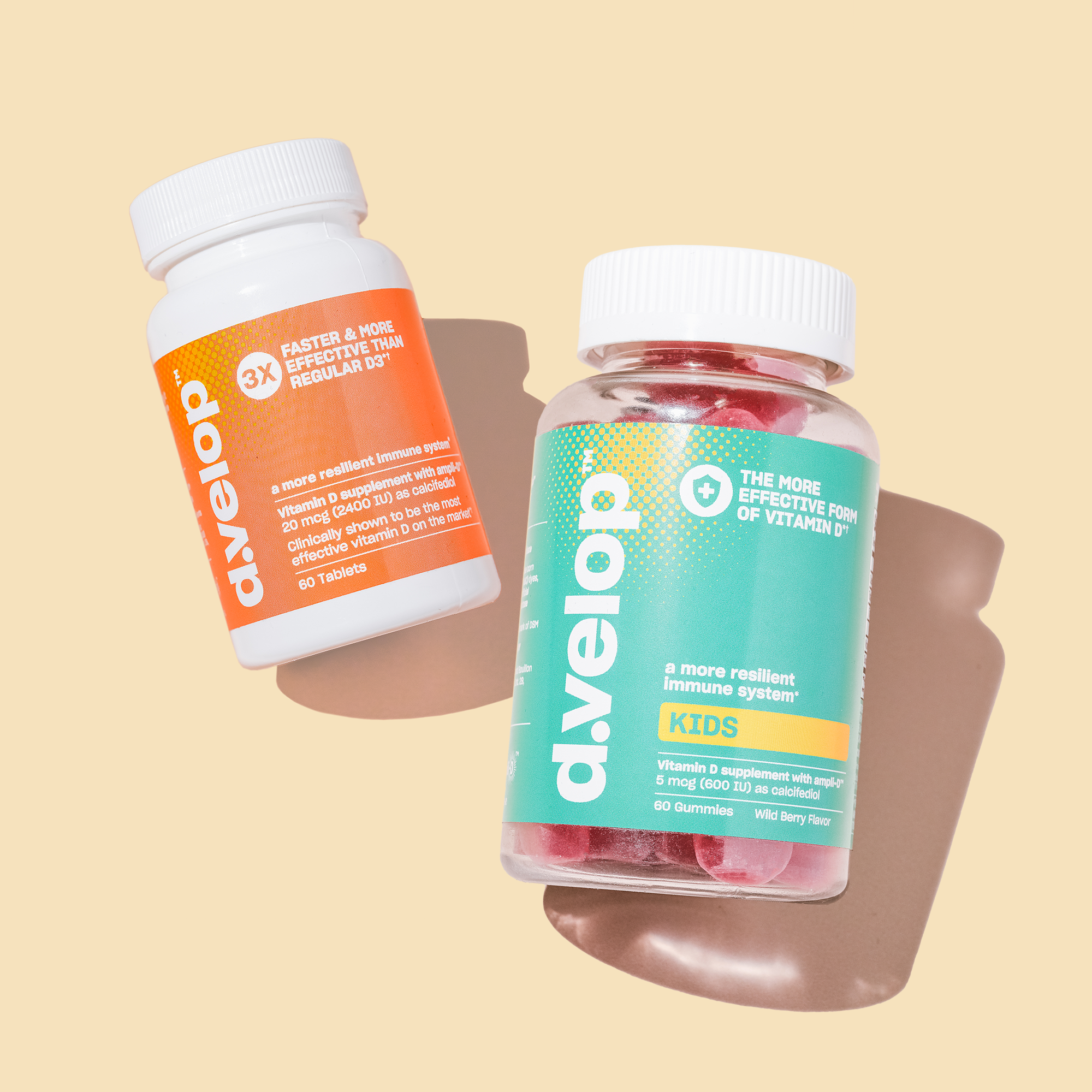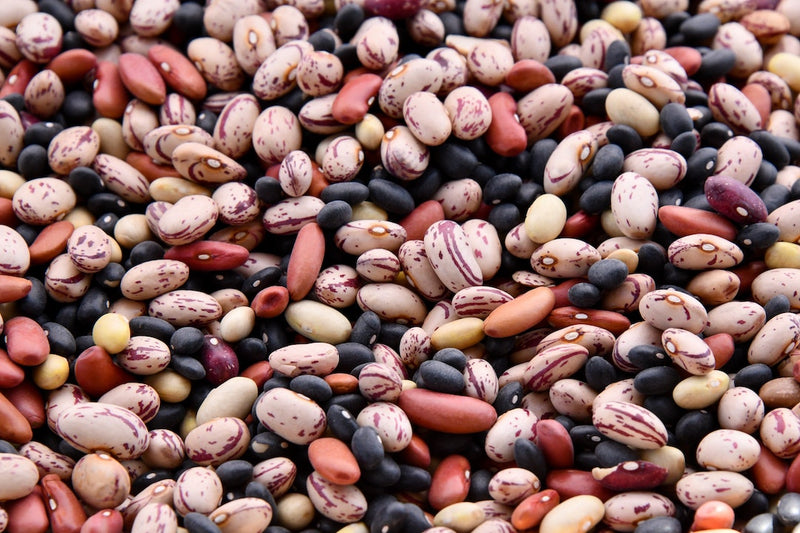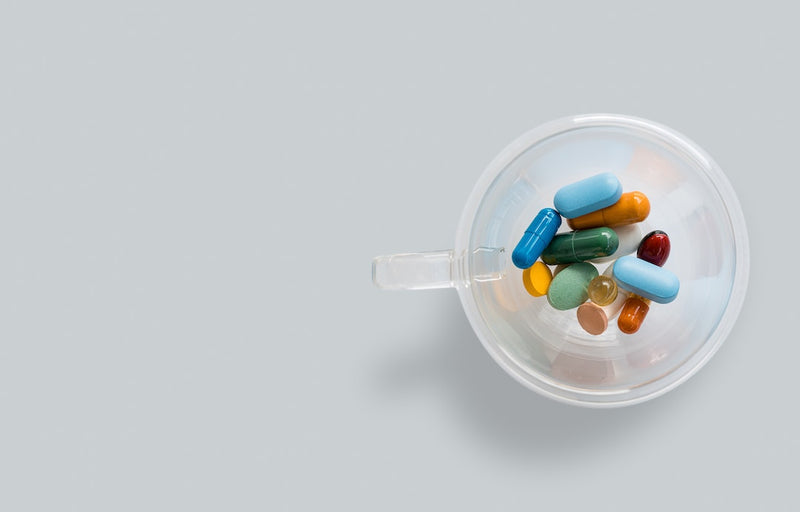You may have heard Vitamin D and Vitamin K work together, but you're not sure how. Well, it’s all about calcium!
Vitamin D is an integral part of bone health and calcium balance (known as homeostasis). Calcium is found both in the bone and the blood. In the blood, calcium is vital to muscle movement (including your heart!), nerve function, and clotting blood. And Vitamin D maintains adequate calcium levels in the blood by improving the calcium absorption from our food. It also plays a role in pulling calcium out of bones when we do not have enough in our diet. This may seem counterproductive since our bones need calcium for strength, but the main goal of vitamin D is to maintain a healthy level of calcium in the blood – not in the bones. It will achieve that goal by either finding calcium through food or bone.
So how does vitamin K work together with vitamin D?
Vitamin K also plays a crucial role in regulating calcium where you need it most - your bones and teeth. It also prevents the accumulation of calcium in soft tissues where you don’t want calcium building up.
While vitamin D focuses on keeping blood calcium levels balanced – vitamin K assists with making sure that calcium stays out of soft tissues and makes its way into the bones.
Why is the relationship between vitamin D and vitamin K important when discussing nutrition?
What happens if there is too much vitamin D and not enough vitamin K in our diets? Does the calcium level in your blood keep increasing and lead to what is known as hypercalcemia?
Hypercalcemia, simply put, is just high levels of blood calcium. This can be concerning as high calcium levels can lead to calcification of the blood vessels which is associated with heart disease. Some studies have indicated that vitamin D toxicity can lead to hypercalcemia. Still, it’s essential to remember that vitamin D toxicity was defined as a level >150 ng/mL – well above the recommended range. Vitamin D intake is safe at recommended levels and when blood levels of vitamin D are within a healthy range, between 30-60 ng/mL.
Where can we find vitamin K?
While the evidence may be mixed for vitamin K in a supplemental form on bone health, there is certainly a benefit to consuming a diet rich in vitamin K to help with calcium homeostasis.
Let’s focus on great sources of vitamin K in food! The great thing about vitamin K is it’s found in both plant and animal sources to fit all diet preferences. Remember vitamin K (as well as vitamin D) are fat-soluble so combining with healthy fat is always a good choice.
Plant Sources
- Leafy greens (kale, collard greens, spinach, cabbage, and other greens)
- Broccoli
- Brussel Sprouts
- Green beans & peas
- Prunes
- Avocado
- Kiwi
Animal Sources
- Chicken
- Pork
- Cheeses
Are there benefits to taking combined vitamin K and vitamin D supplements?
One study on postmenopausal women did combine these two vitamins and measured bone mass after 2 years. At the end of the study, the combination of vitamin K and D increased bone mineral density compared to these two vitamins as a solo therapy. On the other hand, another study also on postmenopausal women supplemented with vitamin D, calcium and vitamin K did not show any effect on bone mineral density.
Research continues to emerge in this area. If you need a recap on the different forms of vitamin D – check out this article.
Putting It All Together
We know that Vitamin D and Vitamin K all play an important role in overall health and more specifically bone health. But the evidence on exactly how these nutrients work together is unclear. More studies are needed to look at exact amounts of supplementation that may be beneficial when combined as well as more studies on the general public (most current research is on postmenopausal women). Until the evidence is clearer, focus on eating a diet rich in vitamin K to help support vitamin D levels and check in with your healthcare provider to find what’s best for your health goals.
Author:
Laura Dority, MS, RDN, LDN
References
- Hauschka P. Osteocalcin: the vitamin K-dependent Ca2+-binding protein of bone matrix. Haemostasis. 1986;16(3-4):258-72.
- Theuwissen E., Smit E., Vermeer C. The role of vitamin K in soft-tissue calcification. Adv Nutr. 2012;3(2):166-73.
- Heine G., Nangaku M, Fliser D. Calcium and phosphate impact cardiovascular risk. Eur Heart J. 2013;34(15):1112-21.
- Perez-Barrios E., Hernandez-Alvarez E., Blanco-Navarro I., Perez-Sacristan B., Granado-Lorencio F. Prevalence of hypercalcemia related to hypervitaminosis D in clinical practice. Clin Nutr. 2016;35(6):1354-1358.
- Charoenngam N., Holick M. Immunologic Effects of Vitamin D on Human Health and Disease. Nutrients. 2020;12(7):2097.
- Ushiroyama T., Ikeda A., Ueki M. Effect of continuous combined therapy with vitamin K2 and vitamin D3 on bone mineral density and coagulofibrinolysis function in postmenopausal women. Maturitas. 2002;41(3):211-221.
- Binkley N., Harke J., Drueger D., Engelke J., Vallarta-Ast N., Gemar D., Checovich M., Chappell R., Suttie J. Vitamin K treatment reduces undercarboxylated osteocalcin but does not alter bone turnover, density, or geometry in healthy postmenopausal North American women. J Bone Miner Res. 2009;24(6);983-91.
- Van Ballegooijen A., Pilz S., Tomaschitz A., Grubler M., Verheyen N. The Synergistic Interplay between Vitamins D and K for Bone and Cardiovascular Health: A Narrative Review. Int J Endocrinol. 2017: doi: 10.1155/2017/7454376.
